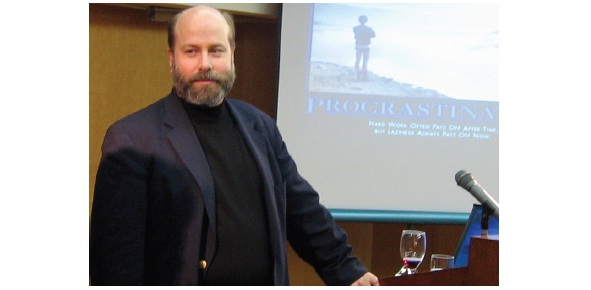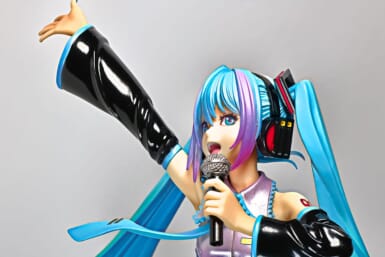Jonathon Walsh talks to SanSonoma CEO Robert Eberhart about how to survive as a small fish in a big pond
BEING a little guy competing in a big market is a daunting task at the best of times. But is it really impossible to challenge a long established competitor and snare market share? SanSonoma Wine Company counts Costco and Wal-Mart/Seiyu among its many customers and, remarkably, its efforts now allow Japanese consumers to purchase excellent Californian wines for less than in the U.S. There can be little doubt that SanSonoma’s CEO Robert Eberhart has withstood a competitive broadside and, according to him, it is really not as difficult as it seems.
Check out the competition
When the SanSonama team decided to take on their Japanese competition, they discovered two key factors in their favor: Firstly, large traditional companies are usually tied up by their own methods. “They cannot offer discount prices on wine portfolios because they cannot compete with other parts of their other customers’ businesses,” says Eberhart. “They also cannot compete with their own retail chain so they are really tied up by the pricing strategy and the way they operate.”
Secondly, many companies have not been trained to offer a product of value to the customer. “What they offer is a company of value — a relationship. We go in and we sell the wine — the product. We never think about selling SanSonoma. We focus on the product and what it is going to do for the customer.”
Accurately assess your product and ability to sell it
Stick to your guns, advises Eberhart: “If you are convinced you have a product of value with sufficient margin, stop listening to everybody else because when you go to take on a large competitor in this market, everybody from your investors to your employers will tell you, ‘Don’t do that, it’s stupid.’ It’s important to have a good ‘I can!’ attitude and a realistic assessment of your product. Then make a decision and go with it.”
The importance of research and strategy
Never underestimate the importance of research. Eberhart says: “We research the market and find out what Costco customers want to buy. We get one wine in there, it sells fast and Costco orders more and asks us to suggest others! We are always paying attention to the customer at the end of the chain. We studied our competitors’ products and estimated their pricing structure. Next we looked at the product offerings versus the market. We knew the market and asked ourselves, ‘Do we have sufficient product and margins to go way under the big guy and still be flexible?’ The second thing is we were able to show our customers where they were underrepresented in these wines, and said, ‘Let us help you.’”
Waging the price war
Large competitor companies generally don’t have commitments to their shareholders like young entrepreneur companies do. “Many major Japanese companies have more freedom to drop prices even below cost, as a method of competing,” Eberhart explains. “If they want to price compete, it becomes a contest between my margins and their willingness to not make money. If you get caught in a price war, it is a big issue. How long can you last? Can you out compete them? They will not ignore it. They’ll think about it and they will come back at you.”
Watch out for red flags
You need to know exactly who you are competing with. So-called allies can actually be competitors, according to Eberhart. “Be careful that the buyer is not sharing your information directly with your competitor. This is a big issue and entrepreneurs should never underestimate just how common this is.”
Having said that, knowing who your competition is doesn’t mean you should be cowed. “They are just big, lumbering old companies, and you are a live little rabbit,” says Eberhart. “These large companies have a very difficult time changing their procedures, that’s their weak spot! Go in there and exploit it.”
Know when to back off
Price competing with large competitors is futile without funds. “Big competitors know how to price compete, and that’s going to be their main weapon of choice against you,” says Eberhart. “Back away if they are going to price compete because you are going to lose. Alternatively, if you have lots of money, go for it.”
Ensure all your operating processes are functioning smoothly so that weaknesses don’t show
“Unless everything in the company is running well, I’m not going to take on a large competitor because if things don’t work well they are going to find out about it and they will spread that weakness throughout the marketplace. If you think you have problems in some area of your system, back away until you get them fixed.”
|
Eberhart’s five rules for success 1. Ensure you have a desirable product |
SanSonoma specialize in wholesale wine distribution to selected low cost partners, California wine distribution to restaurant and hotels and wine selection consulting and training via in-house sommeliers.









